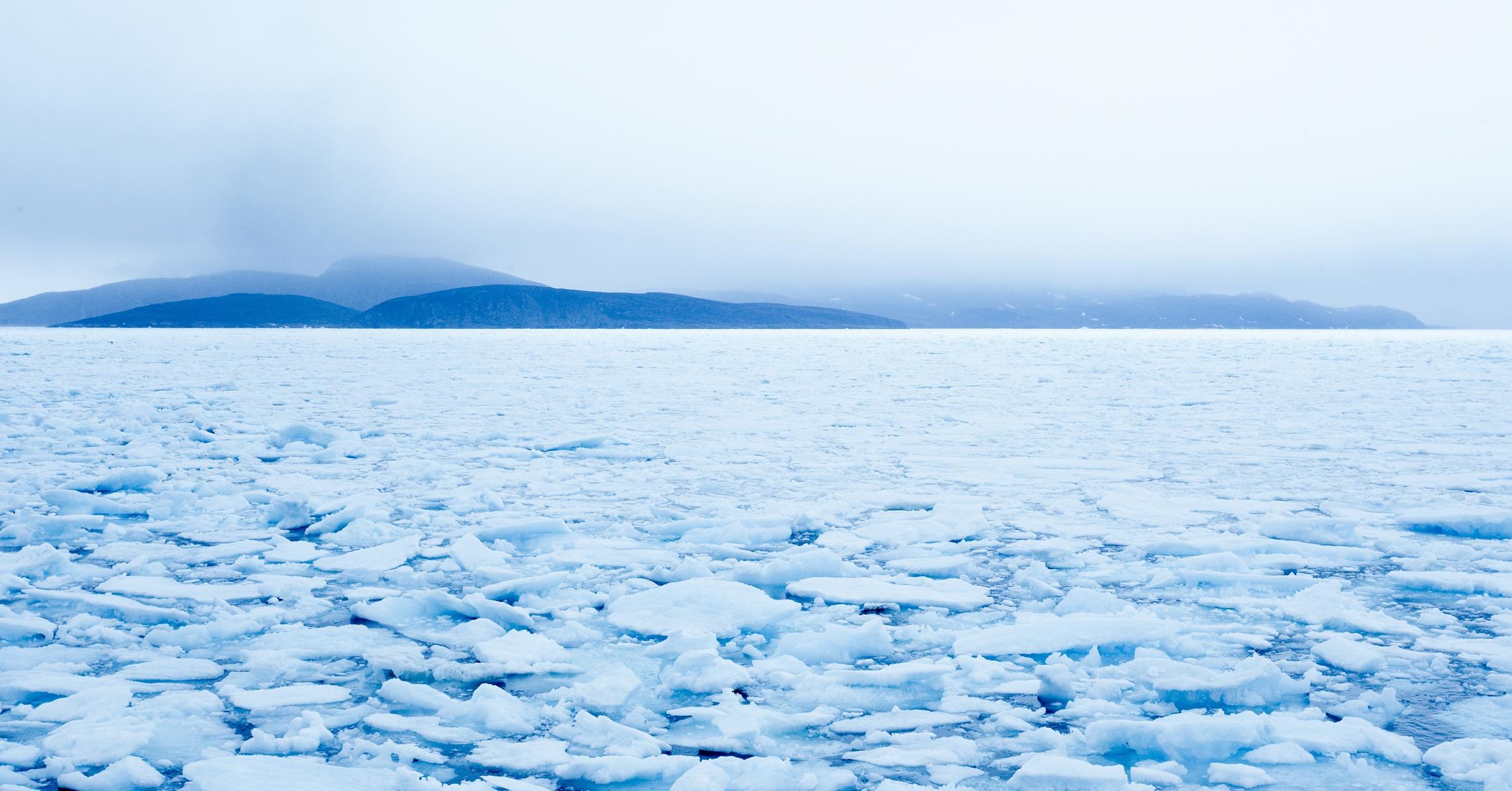Are you curious to know what is frigid zone? You have come to the right place as I am going to tell you everything about frigid zone in a very simple explanation. Without further discussion let’s begin to know what is frigid zone?
The Earth’s geography is a tapestry of diverse landscapes, each with its own unique climate and conditions. Among these regions, the frigid zone stands as one of the most extreme and fascinating. Encompassing the polar regions near the North and South Poles, the frigid zone is characterized by its icy expanses, extreme cold, and remarkable adaptations of life. In this blog, we’ll delve into the frigid zone, uncover its defining features, the challenges it presents, and the captivating world that exists within it.
What Is Frigid Zone?
The frigid zone, also known as the polar zone, refers to the northernmost and southernmost regions of the Earth. It encompasses the Arctic region around the North Pole and the Antarctic region around the South Pole. These zones are known for their cold temperatures, long periods of darkness, and unique ecosystems adapted to survive in harsh conditions.
Distinctive Features
- Extreme Cold: One of the most defining characteristics of the frigid zone is its frigid temperatures. The Arctic and Antarctic experience some of the coldest temperatures on Earth, with temperatures frequently dropping well below freezing.
- Polar Nights and Days: During certain times of the year, the frigid zone experiences polar nights and polar days. This means that for a portion of the year, the sun doesn’t rise or set, creating continuous darkness or daylight.
- Ice and Snow: The frigid zone is covered in ice and snow for most of the year. Ice sheets, glaciers, and sea ice dominate the landscape, shaping the environment and providing habitats for unique species.
- Unique Wildlife: Despite the harsh conditions, the frigid zone is home to a variety of wildlife that has evolved to survive in these extreme environments. Species such as polar bears, penguins, seals, and Arctic foxes have adapted to the cold and are well-equipped to thrive in icy surroundings.
Challenges And Adaptations
- Limited Resources: The extreme cold and long periods of darkness pose challenges for life in the frigid zone. Limited access to food and resources requires organisms to adapt their behavior and physiology to survive.
- Insulation and Camouflage: Many animals in the frigid zone have developed thick layers of blubber or fur to insulate themselves from the cold. Some animals also have white fur or feathers to blend into the snowy landscape, providing camouflage from predators and prey.
- Migration and Hibernation: Some animals migrate to and from the frigid zone to take advantage of seasonal resources. Others hibernate during the harsh winter months to conserve energy.
- Specialized Diets: Due to the scarcity of plant life, many animals in the frigid zone have adapted to a diet primarily composed of fish, krill, and other marine creatures.
Scientific Exploration And Climate Impact
The frigid zone plays a crucial role in our understanding of Earth’s climate and its changes over time. Scientists study ice cores, permafrost, and wildlife populations in these regions to gain insights into past climate patterns and the impact of current climate change.
Conclusion
The frigid zone is a realm of extremes, where life has carved out a niche amidst the ice and cold. From the breathtaking beauty of polar landscapes to the remarkable adaptations of wildlife, the frigid zone offers a glimpse into the resilience and diversity of life on Earth. As we continue to explore and understand these regions, we also gain valuable insights into the intricate relationship between Earth’s climate, its ecosystems, and the fragile balance that sustains them.
FAQ
What Is Frigid Zone Class 6?
Frigid Zone: The specific area or region between the arctic circle and the north pole or between the antarctic circle and the south pole is called as frigid zone.
What Is The Frigid Zone Answer?
Answer: The Poles. The frigid zone is mainly located in the middle of the Antarctic Circle and the South Pole in the Southern Hemisphere. If we talk about the Northern Hemisphere, then the area between the Arctic Pole and the North Pole is called the frigid zone. So, the thing is frigid zone is situated near the poles.
What Is Called Frigid Zone Class 5?
The region lying between the Arctic Circle and the North Pole and between the Antarctic Circle and the South Pole is called the Frigid Zone. It receives slanting rays of the sun and is therefore very cold.
What Is Frigid Zone Class 10?
Frigid Zone
The specific area or region between the arctic circle and the North Pole or between the Antarctic circle and the South Pole is called as frigid zone. Very cold zones are known as frigid zones. Since the sun’s rays are slanted, there is very little heat.
I Have Covered All The Following Queries And Topics In The Above Article
What Is Frigid Zone
What Is Frigid Zone Class 6
What Is Frigid Zone Class 5
What Is The Latitudinal Extent Of The Frigid Zone
What Is The Extent Of The Frigid Zone
What Is The Extent Of Frigid Zone
What Is The Climate Of Frigid Zone
What Is The Meaning Of Frigid Zone
What Is The Difference Between Torrid Zone And Frigid Zone
What Is Frigid Zone Class 6 Short Answer
What Is The Frigid Zone
What Is The Latitudinal Extent Of Frigid Zone
What Is Frigid Zone?
What Is Frigid Zone Short Answer
What Is The Temperature Of Frigid Zone
What Is Called Frigid Zone
What Is Frigid Zone In Geography
What Is A Frigid Zone
What Is Meant By Frigid Zone
What Is Frigid Zone
What does frigid zone mean?
What is the frigid zone of the northern hemisphere?
